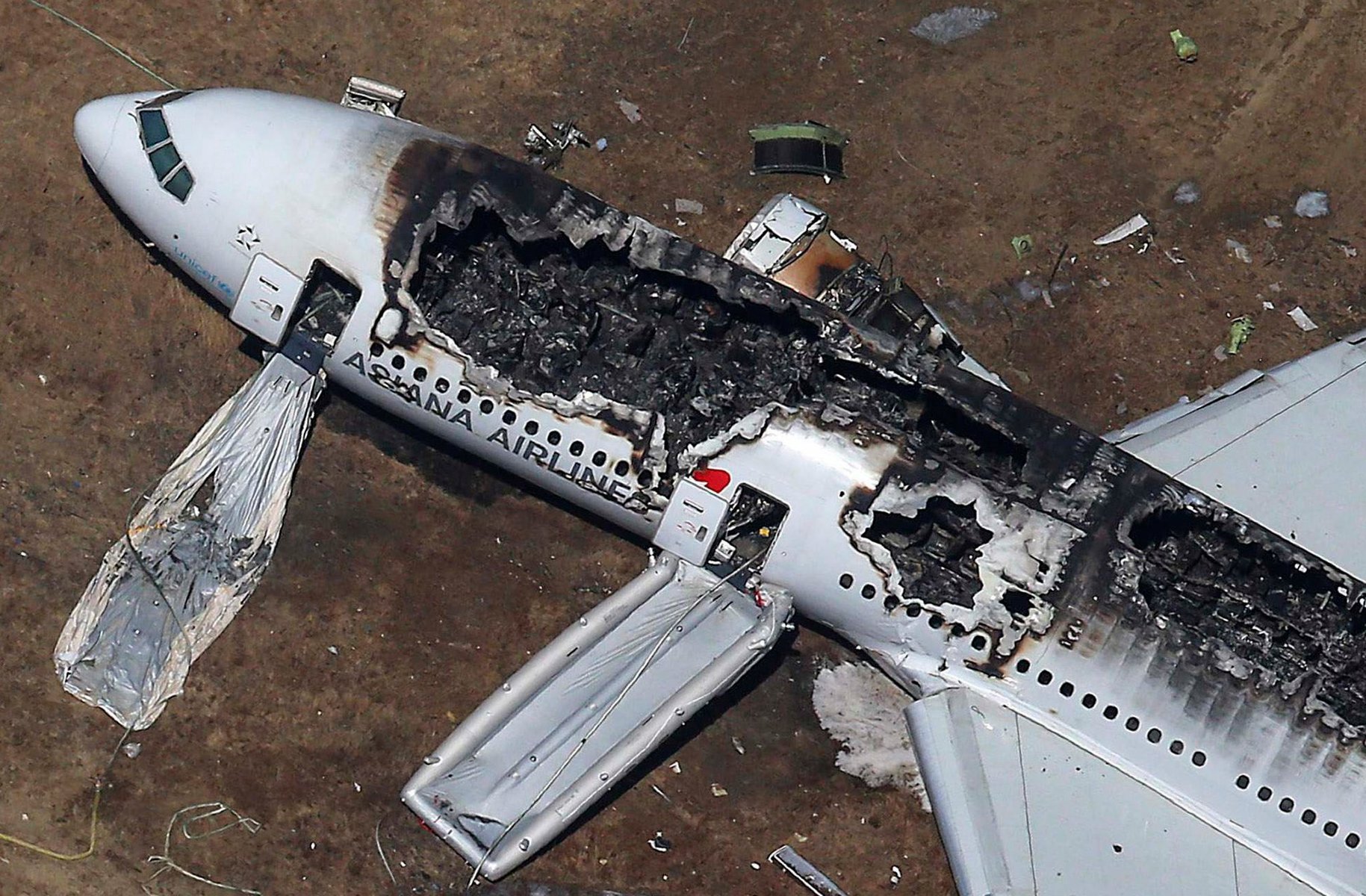No one wants to admit it, but everyone’s worst nightmare has to be getting into an airplane crash. It’s completely out of your control. Every time you enter that airplane, you’re trusting your life with a pilot, copilot, and huge hunk of metal. Luckily, airplane crashes are extremely rare, and if they do happen, manufacturers are quick to learn from these mistakes, so they can continue protecting us so it never happens again. Even if it might change your perspective on flying, just remember, that you’re more at risk for dying by driving a car than flying in an airplane.
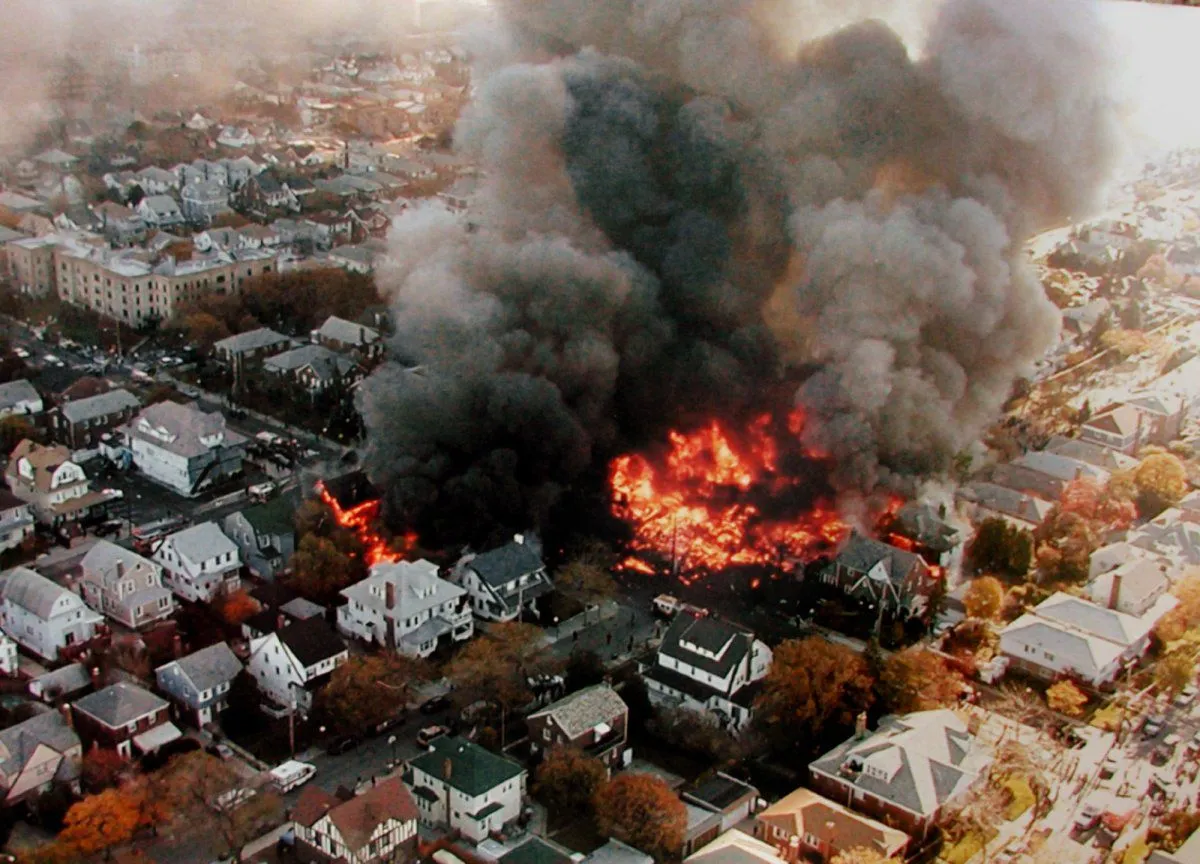
American Airlines Flight 587 (2001)
After leaving JFK Airport in New York, the American Airlines flight crashed, killing all 260 people on board and five unfortunate people on the ground. It tore through a neighborhood just outside of the airport, leaving a trail of fire. According to an author on Medium, they said, “As the plane encountered wake turbulence from a Boeing 747, the first officer overcorrected, then overcorrected in the opposite direction, over and over until the plane slewed so hard to the side that the vertical stabilizer ripped off in flight.” This led manufacturers to reassess the rudder design of aircraft and necessary pilot training. Investigators were not sure what made the pilot recorrect the plane during turbulence, and why the plane practically tore itself apart mid-air (Admiral Cloudberg).
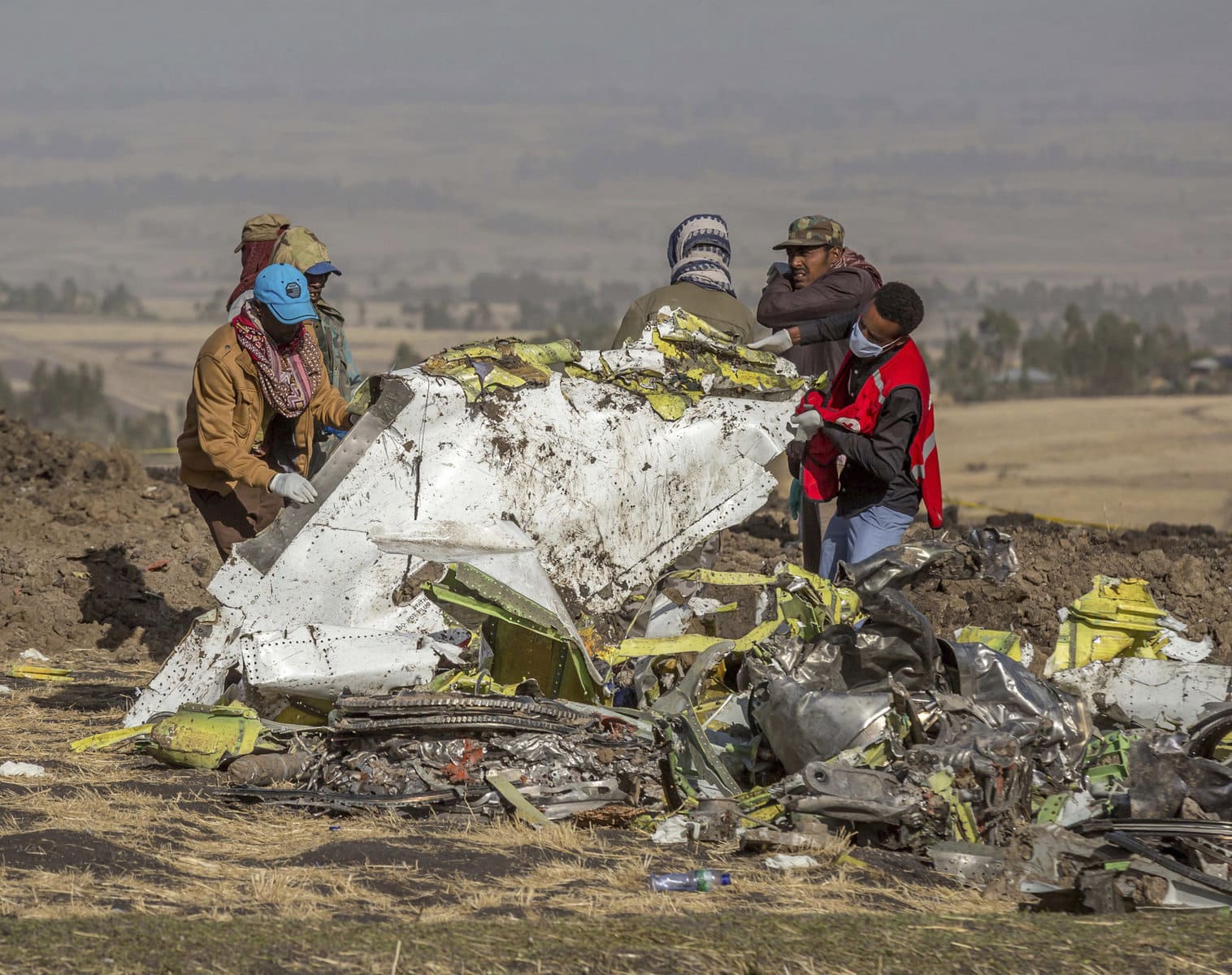
Boeing 737 MAX Crashes: Lion Air Flight 610 (2018) and Ethiopian Airlines Flight 302 (2019)
These two crashes highlighted the mistakes in the design of the Boeing 737 MAX aircraft. The design, particularly, the Maneuvering Characteristics Augmentation System (MCAS), had many faults. Unfortunately, these faults were not pointed out until after these two crashes. Manufacturers had to redesign the MCAS system and increase scrutiny of the aircraft certification process.
The Lion Air flight was only in the air for 13 minutes. It then plunged into the Java Sea, off the coast of Indonesia. Six minutes after takeoff, an Ethiopian Airlines flight crashed near Addis Ababa airport. According to ABC News, “In both crashes, incorrect data from a faulty sensor caused MCAS to misfire, forcing the plane to nose down repeatedly even as pilots struggled to regain control and gain altitude. MCAS was not mentioned in the pilot manual.” Pilots on both flights were bombarded with alarms before crashing, which likely contributed to their confusion (ABC News).
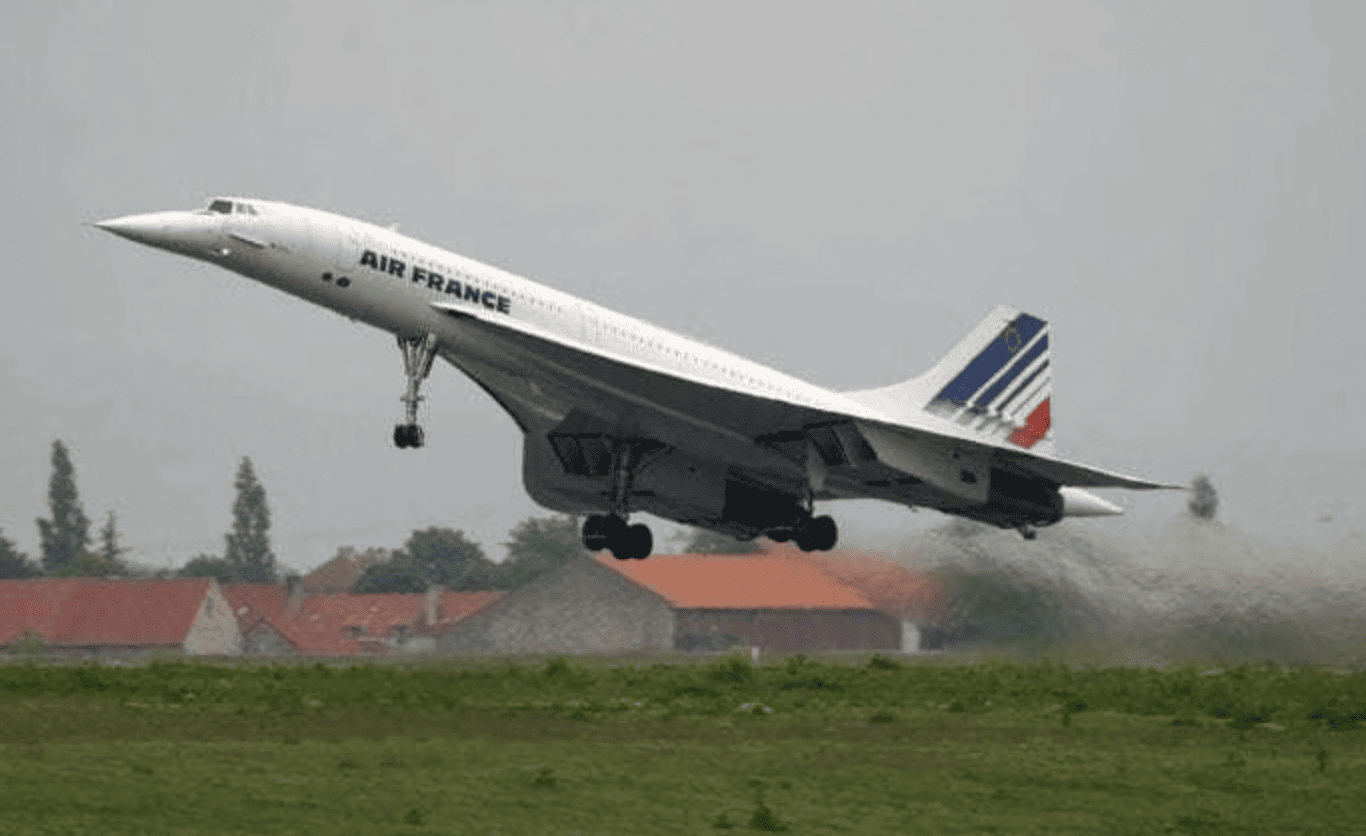
Air France Flight 4590 (2000)
After taking off from Paris Charles de Gaulle Airport in 2000, this Concorde supersonic aircraft crashed. All 109 people died. This led manufacturers and designers to rethink the design of these crafts and make necessary improvements. Fortunately, it was Concorde’s only fatal accident. This explosion was the result of “large pieces of rubber being thrown against the underside of the left-wing and the rupturing part of a fuel tank. As a result, a severe fire broke out under the left wing, and around the same time, engines 1 and 2 suffered a loss of thrust as the fire engulfed the aircraft.” After this crash, designers had to completely rethink the purpose of the Concorde and if it was even worth flying (Simple Flying).
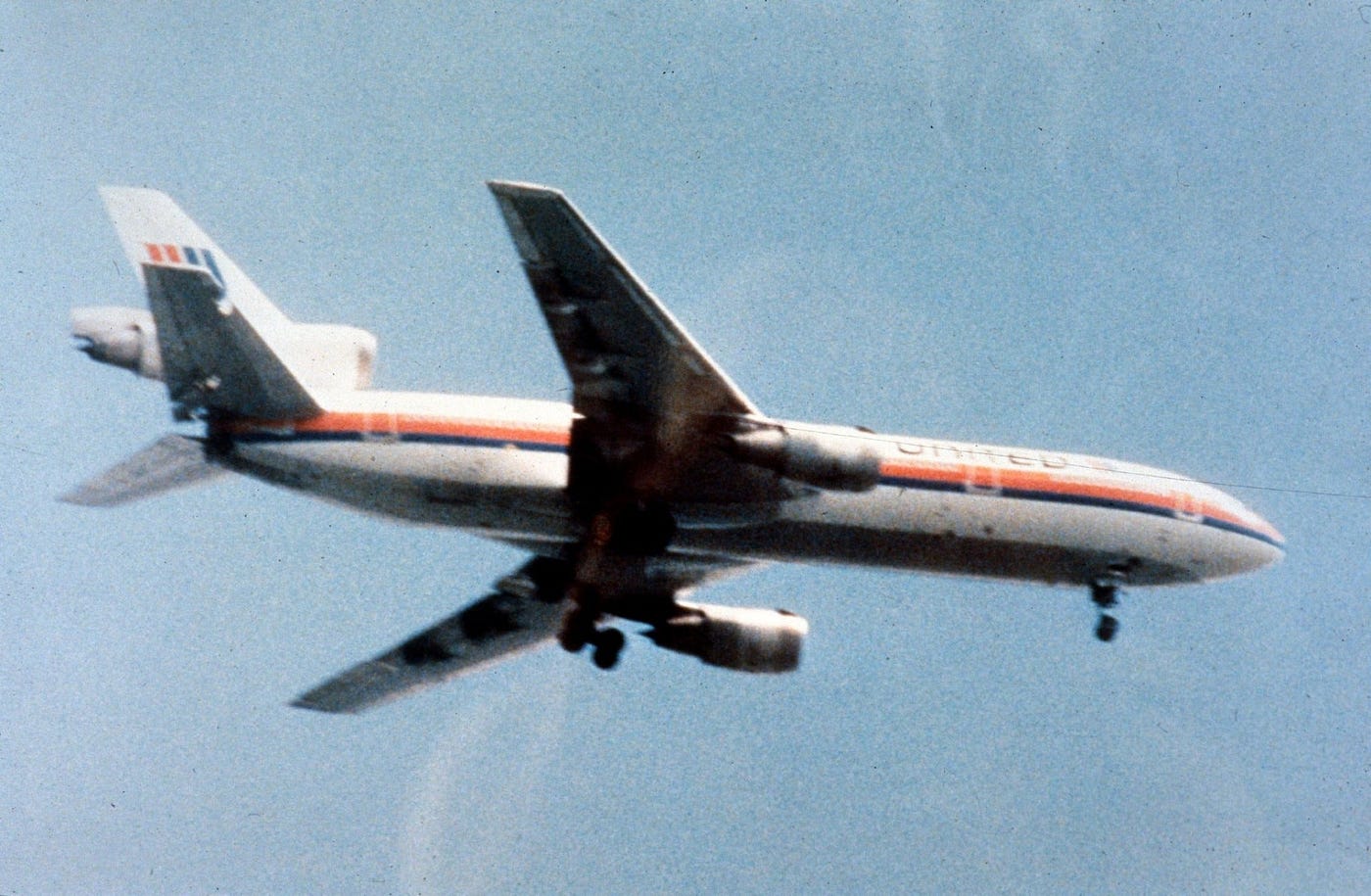
United Airlines Flight 232 (1989)
After this McDonnell Douglas DC-10 crashed in Iowa, aircraft engineers had to improve emergency procedures and make improvements to aircraft systems all around. This aircraft suffered an engine failure and crash-landed in Sioux City. The number two engine practically tore itself into two pieces, which prompted pilots to control an uncontrollable airplane. According to a report, this crash happened because engineers failed to catch a crack in the engine that was slowly becoming bigger over time.
They wrote, “The hard material inside the nitrogen impurity was knocked loose, creating a void which acted as a weak point in the otherwise uniform titanium alloy. The enormous rotational stresses that should have been distributed evenly over the rapidly spinning disk now ran up against a tiny spot that absorbed stress differently from the rest of the material. Over time, the disk began to suffer from metal fatigue as a tiny crack grew imperceptibly outward from the cavity throughout every flight.” Because of the incident, 112 people died, though there were miraculously quite a few survivors (Admiral Cloudberg).
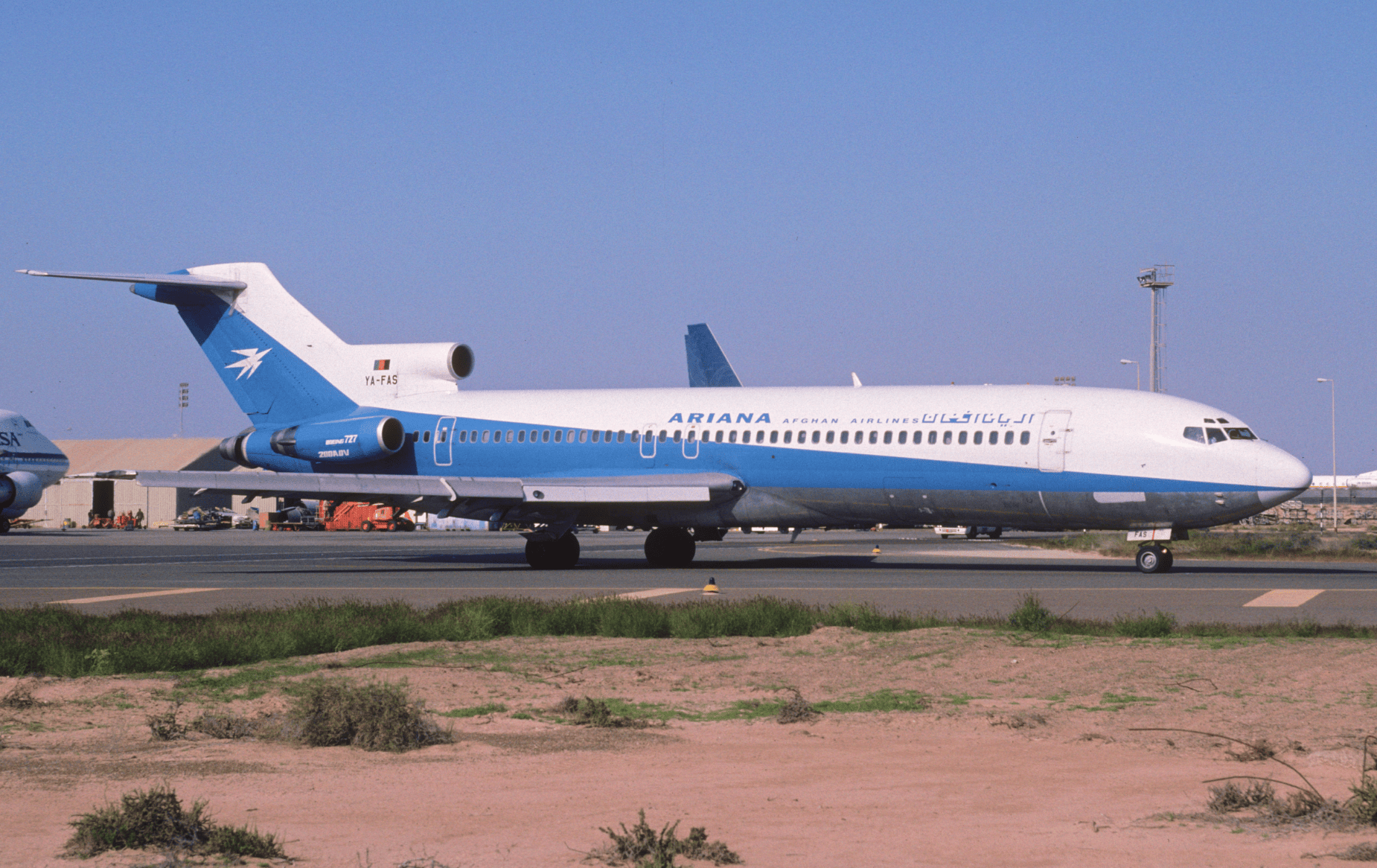
Ariana Afghan Airlines Flight 202 (2005)
Due to this horrible Boeing 737 crash, engineers had to improve the way they maintain planes. This also led to an improvement in pilot training. Out of 27 people on the flight, 24 of them died. The main cause of this crash was pilot error and a fire in engine number one. The flight was previously delayed for 20 hours because of technical issues, but those issues were overlooked and the result was fatal (Aviation Safety).
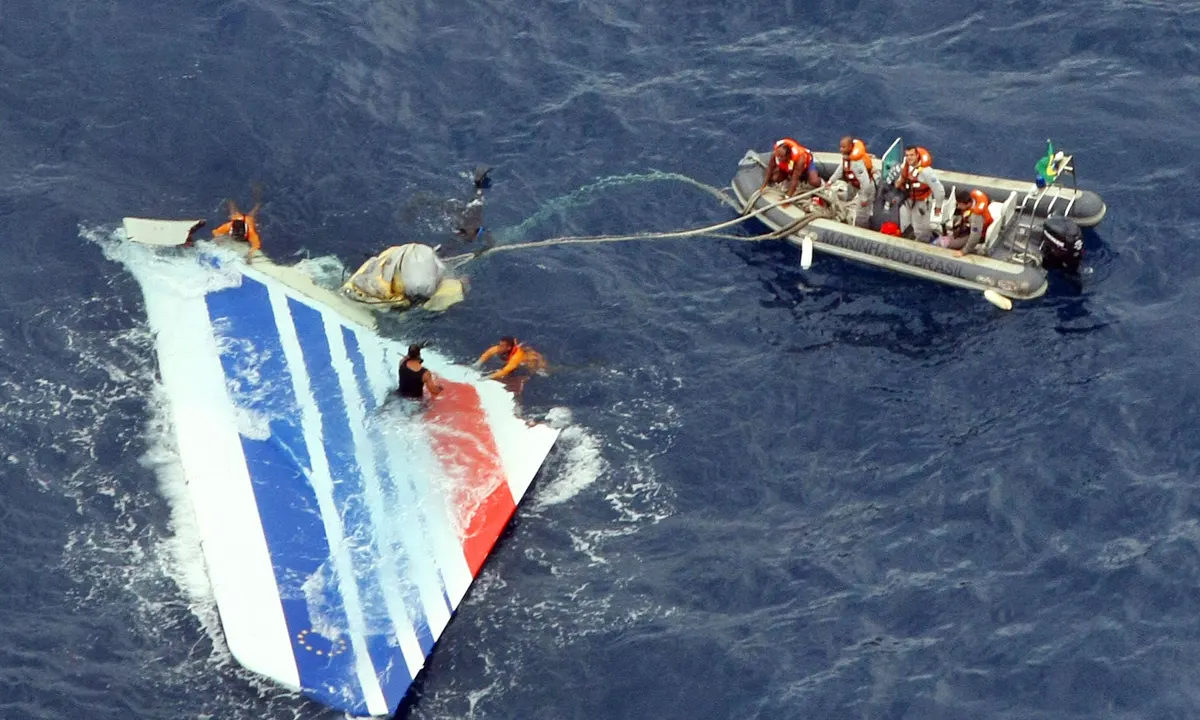
Air France Flight 447 (2009)
When this plane took off in Rio de Janeiro, passengers had no idea it was the last flight they’d ever take. While it was en route to Paris, it crashed into the Atlantic Ocean. The investigation following the crash prompted improved pilot training, revised cockpit instrumentation, and increased learning regarding high-altitude stalls.
According to a news report, this prompted ” airlines around the world will change their training programs to enforce habits that might have saved the doomed airliner: paying closer attention to the weather and to what the planes around you are doing; explicitly clarifying who’s in charge when two co-pilots are alone in the cockpit; understanding the parameters of alternate law; and practicing hand-flying the airplane during all phases of flight.” For a while, it remained aviation’s greatest mystery (Popular Mechanics).
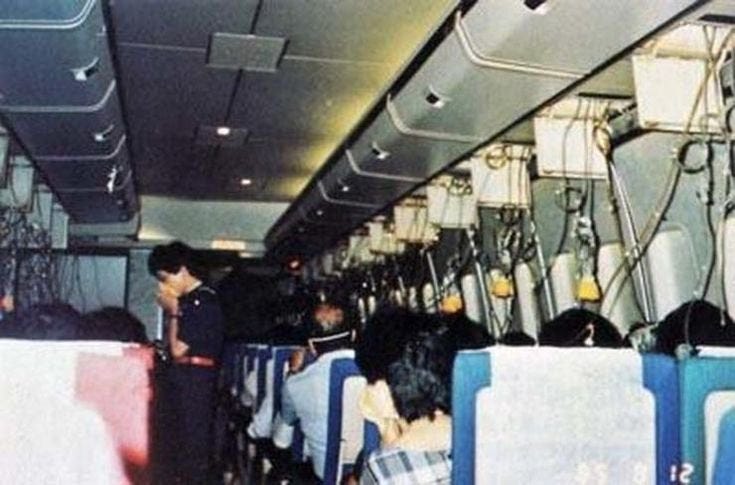
Japan Airlines Flight 123 (1985)
This Boeing 747 crash resulted in a whopping 520 fatalities. It remains one of the most horrendous single-aircraft accidents in aviation history. This led to necessary improvements in maintenance and better structural design in aircraft. Only twelve minutes after takeoff, “the pressure differential increased to the point that the fatally compromised aft pressure bulkhead could no longer hold itself together. The skin ripped open along the joint between the repaired section and the original bulkhead, and within milliseconds the pressurized cabin air blasted through the gap with tremendous force.” Many engineers had to reconsider the design of the bulkhead to prevent a catastrophe like this one from ever happening again (Medium).
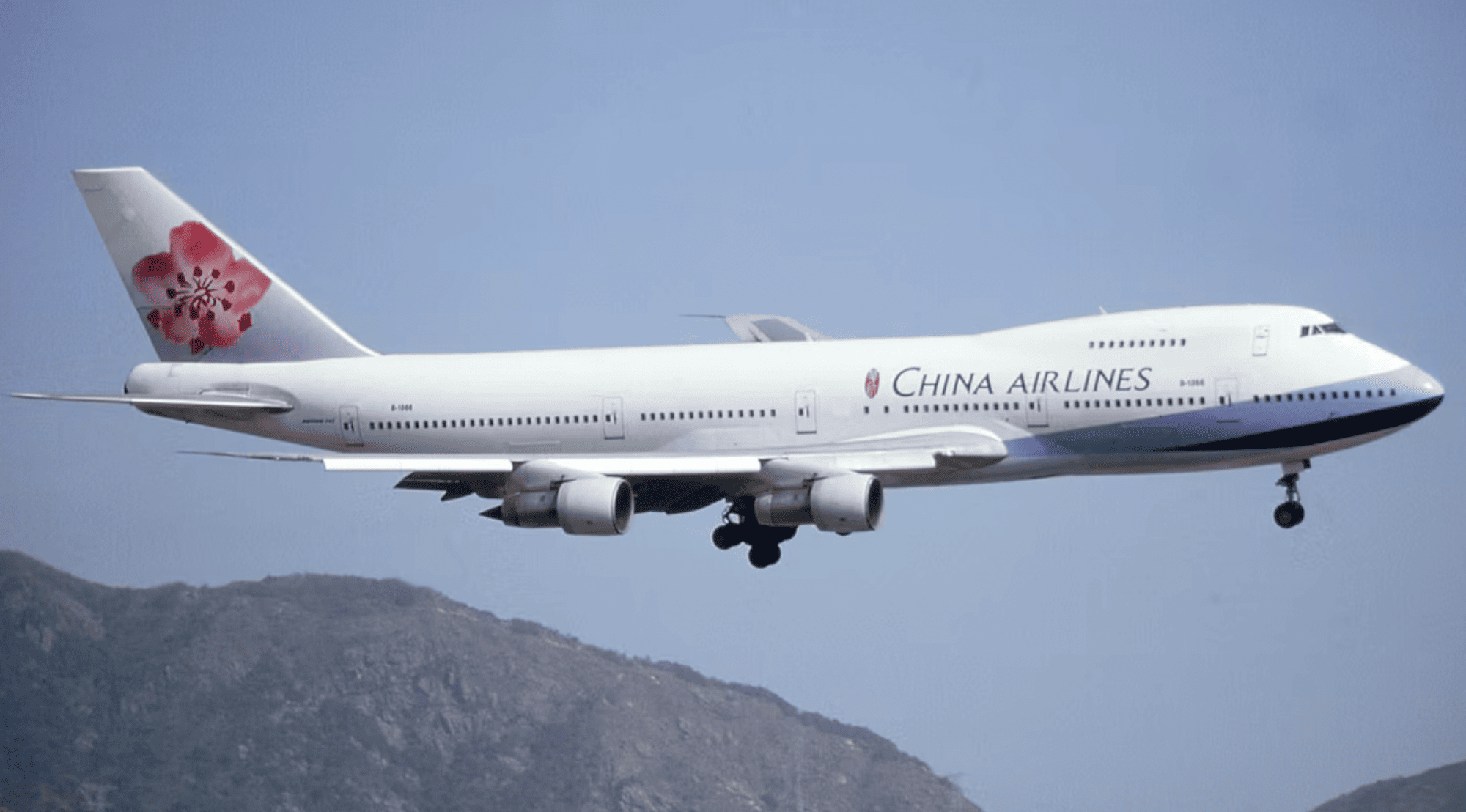
China Airlines Flight 611 (2002)
This Boeing 747 crash forced engineers to improve maintenance procedures for older aircraft. Because of metal fatigue in the fuselage, the plane crashed into the Taiwan Strait, killing all 225 people on board. Decades prior, the plane had suffered a tail strike, and since then, improper maintenance caused it to break down. Instead of fixing the issues, engineers simply installed a doubler over the damaged part, much like putting on a bandaid over an infected wound (Simple Flying).
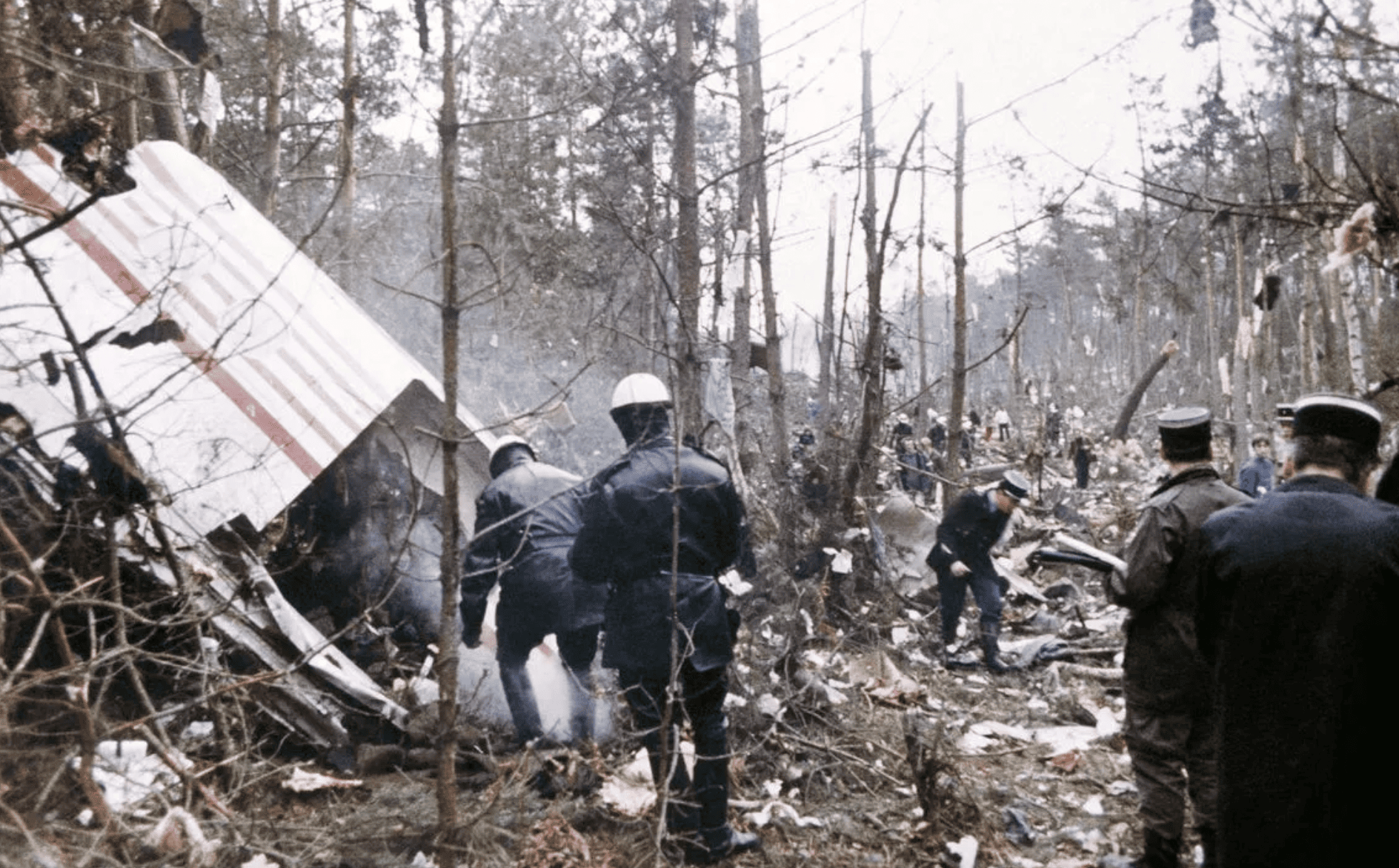
Turkish Airlines Flight 981 (1974)
During an unfortunate flight in 1974, a Turkish Airlines flight experienced a DC-10 cargo door failure. This led to design changes and safety improvements to prevent it from ever happening again. All 346 people were killed in the crash. Only nine minutes into the flight, the cargo door on the lefthand side burst open. This caused a violent decompression in the aircraft, and two rows of three passengers were immediately evicted from the airplane. This then caused an immediate descent of the aircraft until it crashed into the ground. This fault in design prompted engineers to improve their safety requirements (Aerotime).
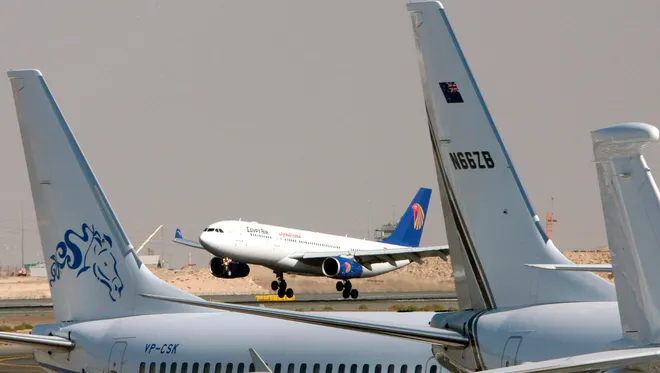
EgyptAir Flight 990 (1999)
When this Boeing 767 crashed, it forced engineers to improve cockpit procedures and forced extra pilot training. This entire crash happened because of revenge. The pilot, who was reprimanded and blamed for supposed sexual allegations, felt forced to crash the plane. He killed all 217 passengers and staff on board, including the captain who punished him. Because of this incident, cockpit procedures and background checks were enforced to prevent human emotion from getting in the way of hundreds of lives (The Guardian).
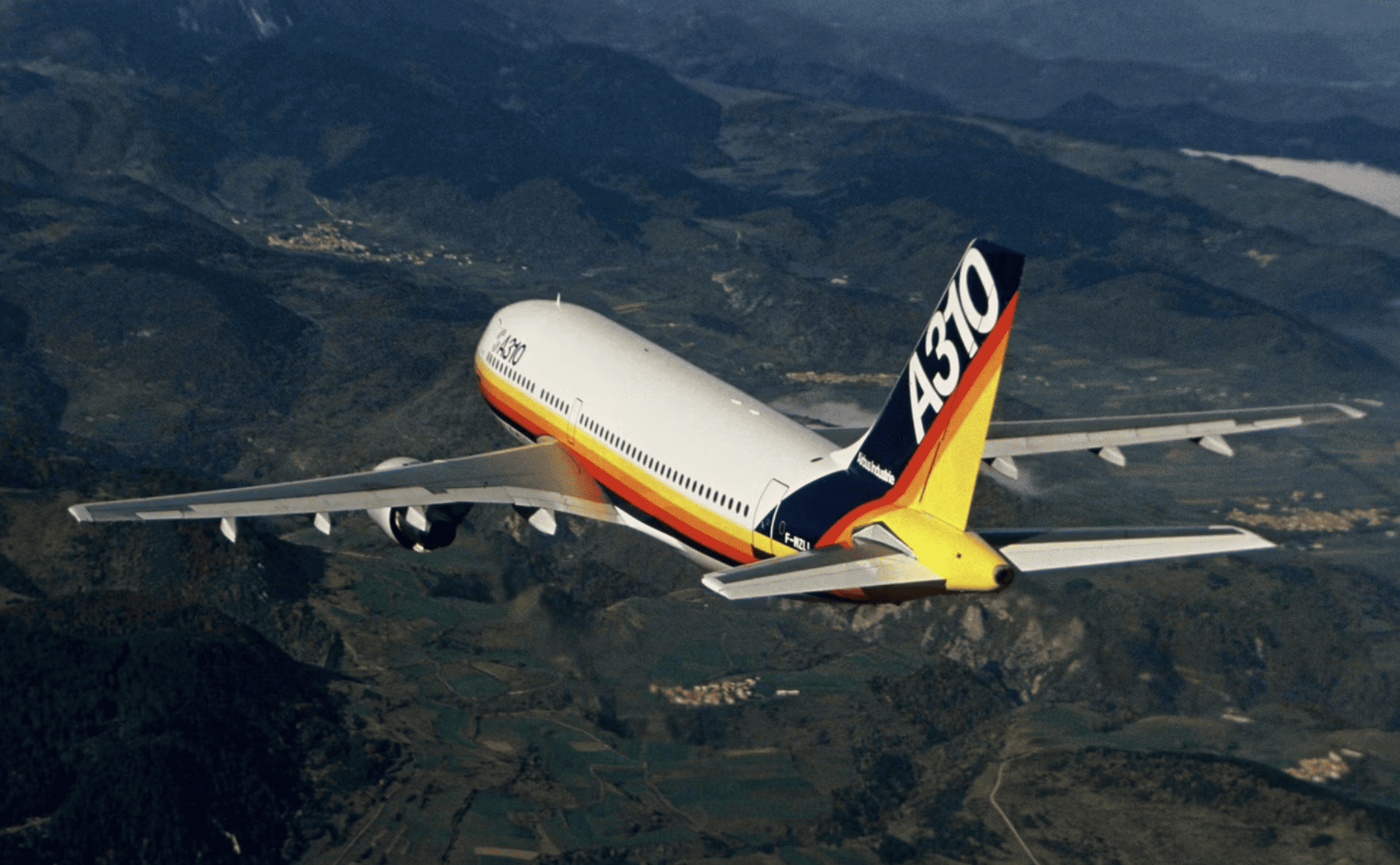
Aeroflot Flight 593 (1994)
The Airbus A310 crashed in 1994 due to improper pilot handling. This led to revised pilot training and improvement in schooling and communication. Back then, even though it wasn’t technically permitted, people could visit the cockpit if they knew the pilot. During this detrimental event, a son and daughter visited his father in the cockpit during the flight. For some reason, the father allowed his children to sit in the seats and hold onto the controllers. Even though the plane was on autopilot, the son hit the controllers too hard, sending the plane to a fatal angle. The aircraft spun out of control and crashed to the ground (Simple Flying).
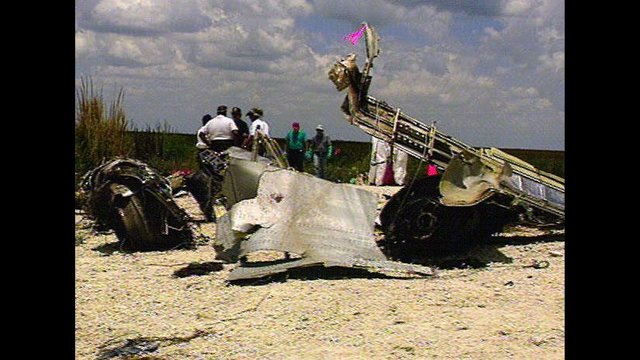
ValuJet Flight 592 (1996)
Because of this fatal crash, it prompted changes in hazardous materials handling. After this crash, the airline mechanic went on the run to hide from charges that would inevitably send him to jail. Pilots lost control of the airplane only a few minutes into the flight when a fire started in the cockpit and sent the plane on fire. It’s speculated that one tire in the freight of the belly exploded during takeoff, contributing to the fire (Click Orlando).
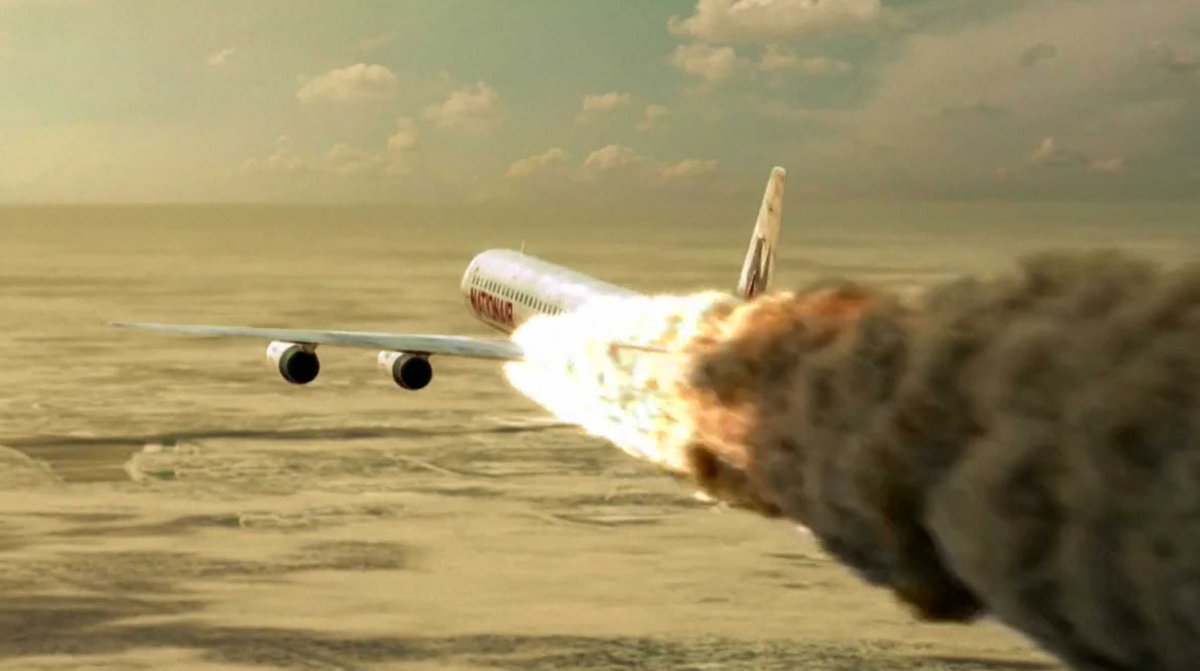
Nigeria Airways Flight 2120 (1991)
More than 200 people died on the Nigeria Airways Flight in 1991. This DC-8 crash prompted engineers to make some serious changes in tire safety procedures. The under-inflated tire caused this fatal crash, forcing a necessary look at the design of aircraft tires. Pilot error was also a part of this. A report on a fatal day said, “Before take-off, the lead mechanic of the Nigeria Airways Flight 2120 noticed two tires were below the minimum for flight dispatch and tried to inflate them – but no nitrogen gas was readily available. But despite this, the project manager, not willing to delay, gave the all-clear for take-off.” This pilot error, in addition to mechanical error, had a fatal result (Daily Star).
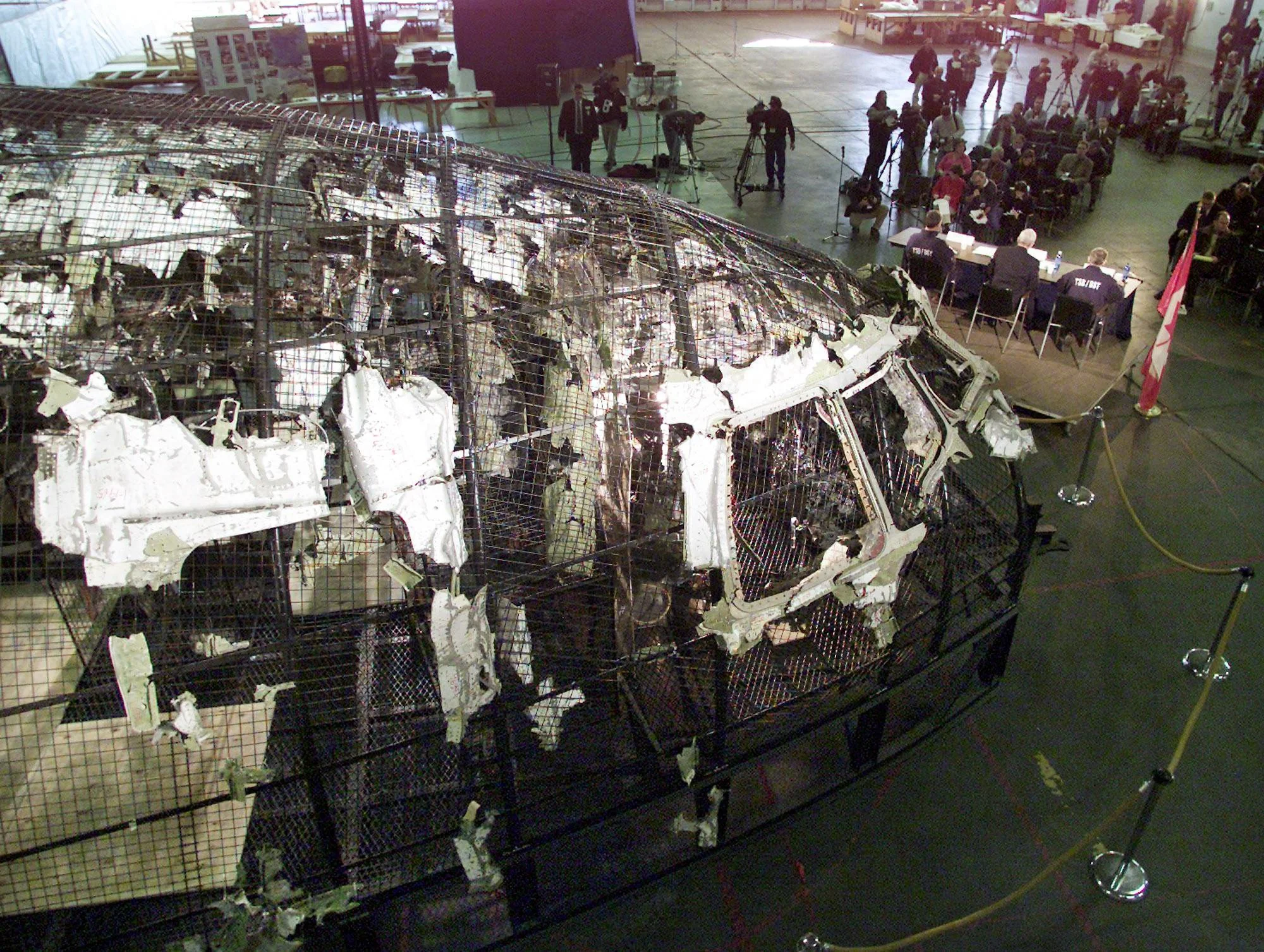
Swissair Flight 111 (1998)
A simple failure in the electrical system of The McDonnell Douglas MD-11 crash prompted changes in future aircraft’s electrical systems to prevent horrible results such as this one. During the flight, “inside the attic, a high-power wire supplying the new in-flight entertainment system suffered a failure that led to electrical arcing.” The fire spread exponentially throughout the plane, with no chance of stopping it, causing fatalities of everyone on board (Medium).
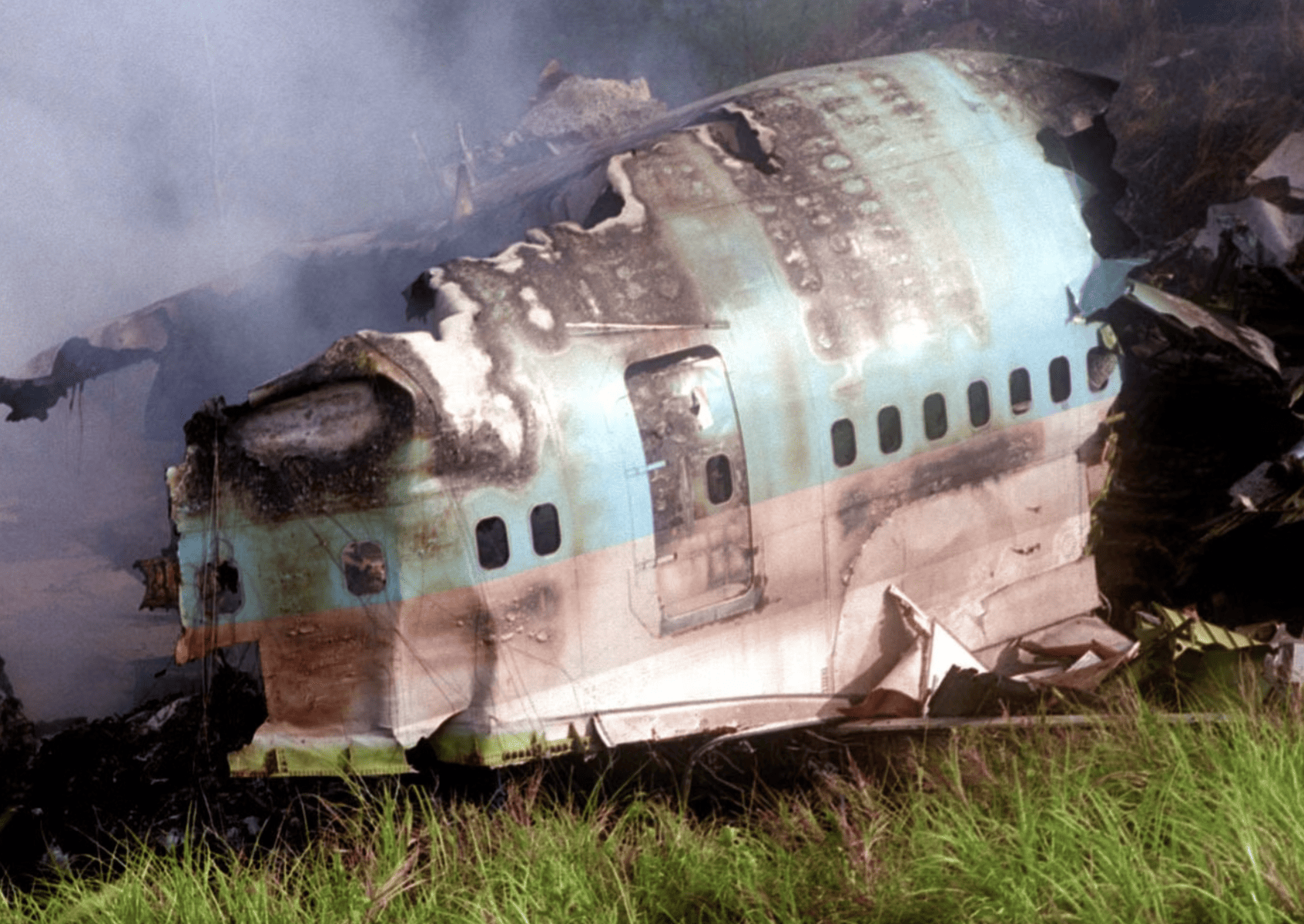
Korean Air Flight 801 (1997)
In 1997, when Korean Air Flight 801 attempted to land at Guam International Airport, it crashed, killing 228 people. This crash highlighted the importance of communication in the cockpit and why crew training is so important. Even though the captain was an experienced pilot with many awards, he made one dire mistake that ended up killing everyone. The pilot failed to brief the crew on his landing procedure and felt fatigued before flying. All of this combined caused a catastrophic event (Simple Flying).
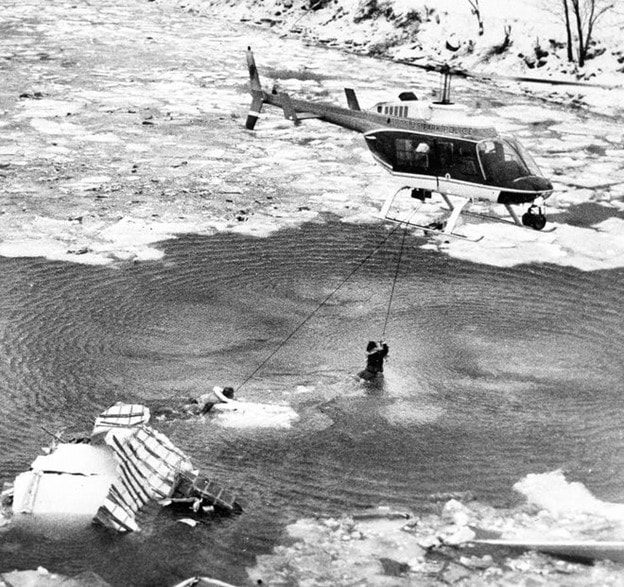
Air Florida Flight 90 (1982)
De-icing is an incredibly important part of flying an airplane. This is why, in 1982, the Boeing 737 crash caused engineers to seriously improve de-icing procedures. Miraculously, only a few survived. For starters, “Though the outside temperature was well below freezing and snow was falling, the crew did not activate the engine anti-ice system that prevents sensors in the engines from freezing and giving incorrect engine power readings.” Those who did survive woke up in the icy waters of a river (Safety Compass).
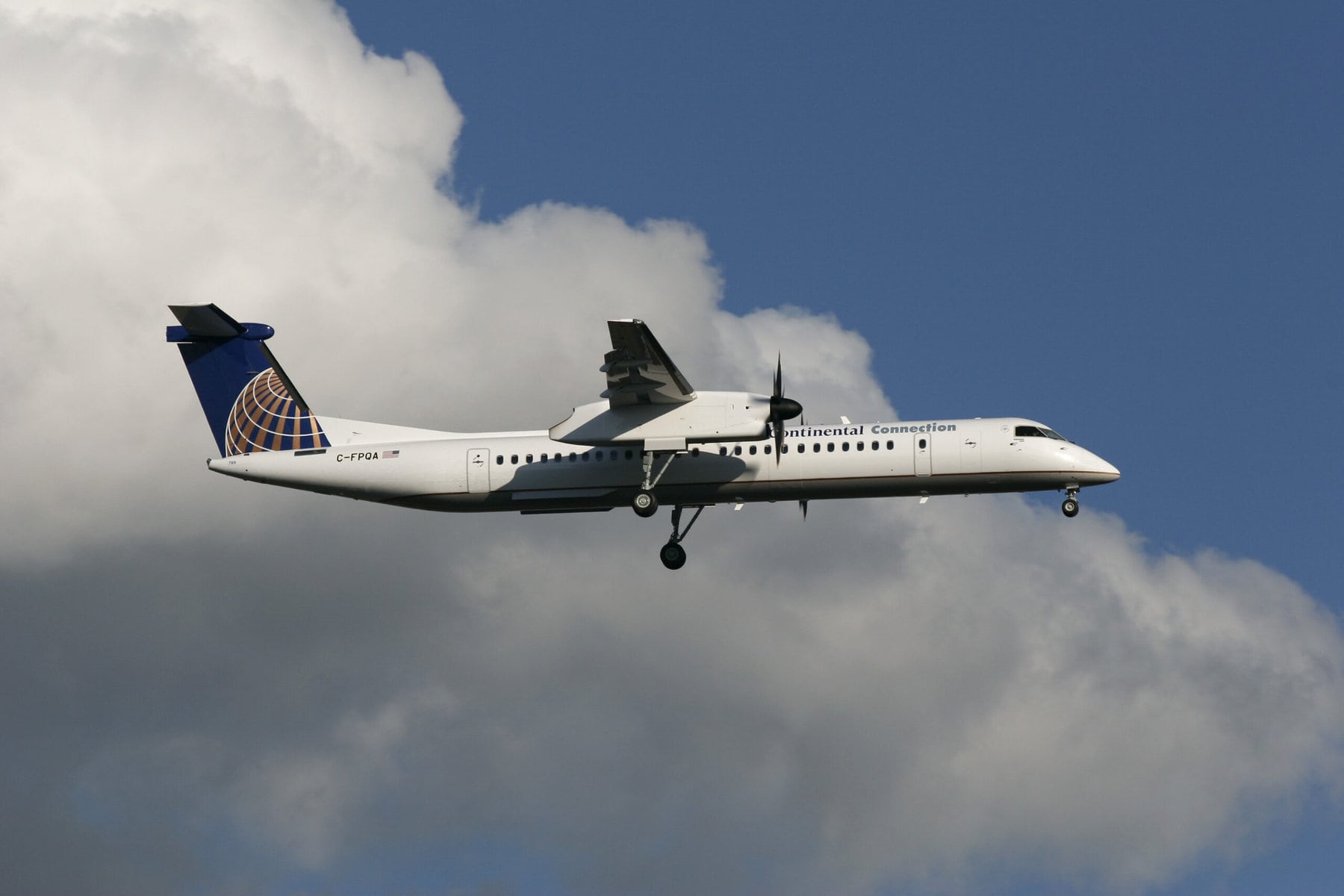
Colgan Air Flight 3407 (2009)
It comes as no surprise that pilots suffer fatigue mid-flight. That’s exactly what happened to this Bombardier Dash 8-Q400, which forced changes in pilot training and fatigue regulations. During the flight, “The captain responded to the device improperly, and the stick pusher activated to prevent the aircraft from stalling. The captain overpowered the stick pusher. Furthermore, the first officer lowered the flaps, which was a mistake. The aircraft stalled and crashed into a house in Clarence Centre in the state of New York.” All the passengers and crew perished, forcing aviation to rethink how they train pilots (Aerotime).
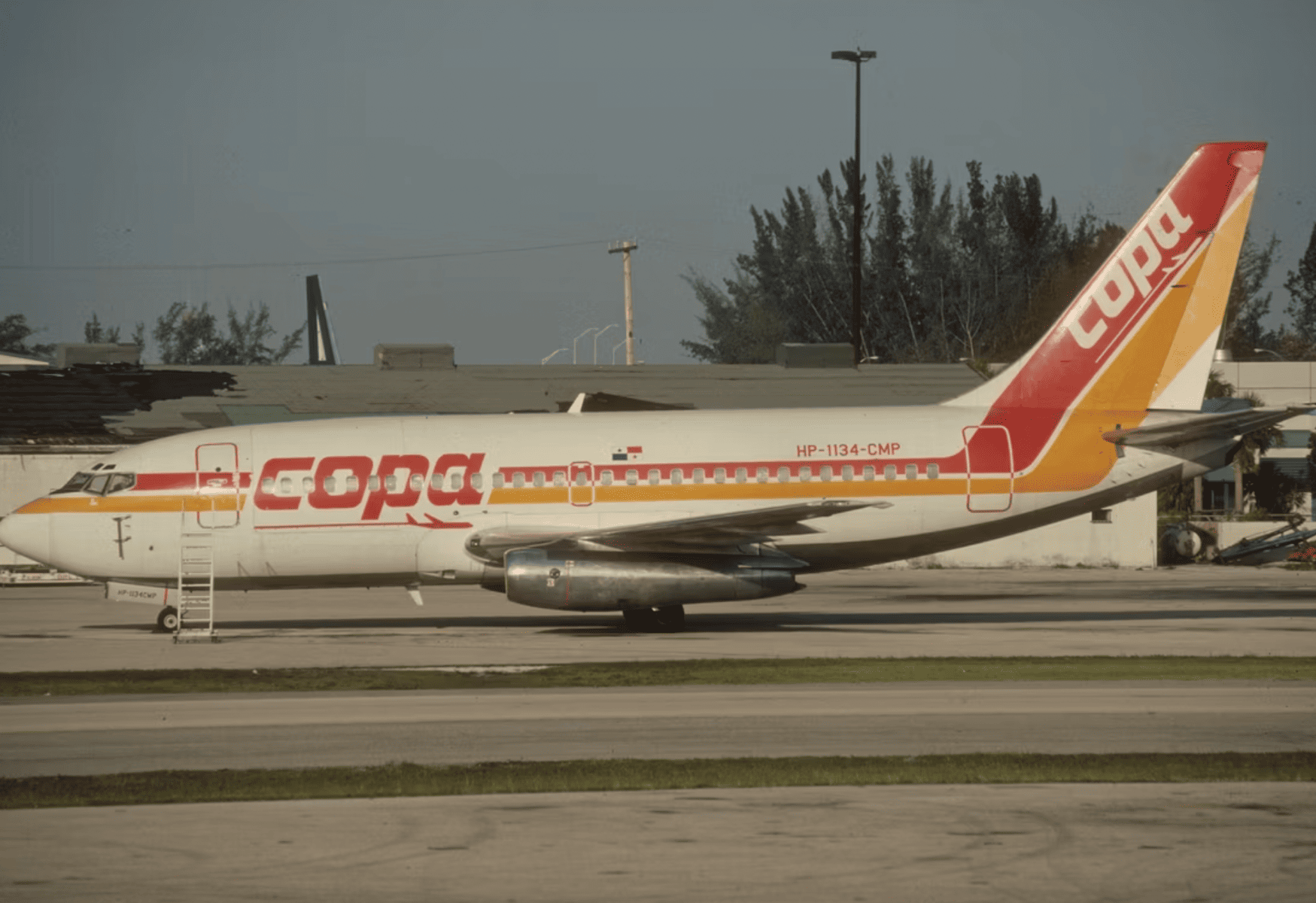
Copa Airlines Flight 201 (1992)
The Boeing 737 Copa Airlines crash, prompted engineers to improve the cockpit voice recorder. It was Panama’s worst air crash in history. First, the plane died from bad weather. The pilots lost control of the plane as it descended rapidly and crashed into the jungle, killing all 47 people. This crash happened thanks to a series of things, including A loss of control due to false readings, the lack of a visible horizon due to nighttime and the approaching lousy weather, a non-standard cabin configuration, and incomplete simulator training.” The short circuit sent the wrong information to pilots, making a fatal mistake (Simple Flying).
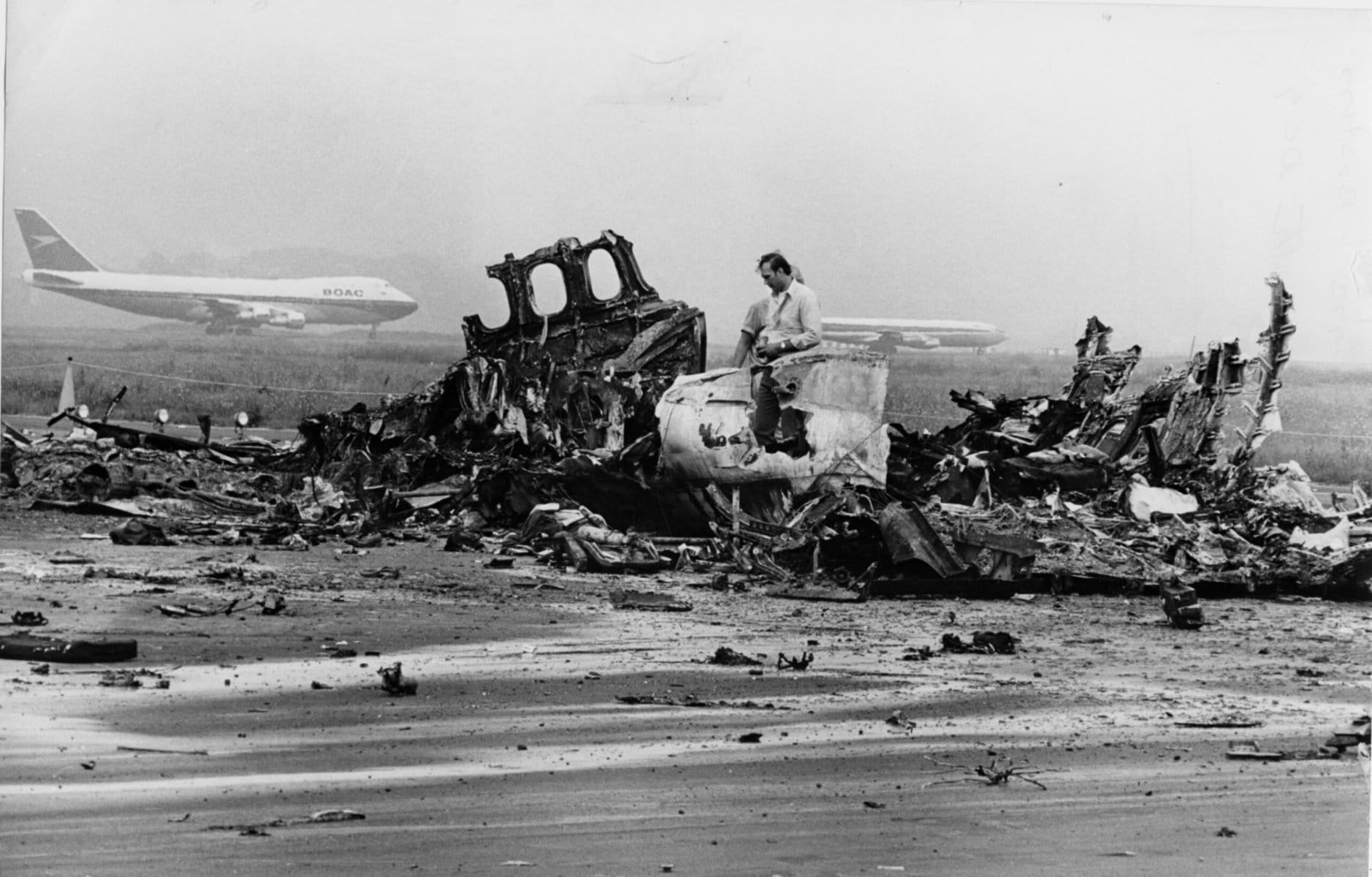
Delta Air Lines Flight 723 (1973)
Nowadays, we don’t have to worry as much about detrimental weather as we used to. But this wasn’t the case in the 70’s. This caused a DC-9 crash, which resulted in changes to weather-related flight procedures. During the flight, “the collision tears off some of the fuselage and the plane slams into the ground, breaking apart and bursting into flames.” Because of poor visibility, pilots had to rely on sensory instruments to land, which had a fatal result where many people died (History).
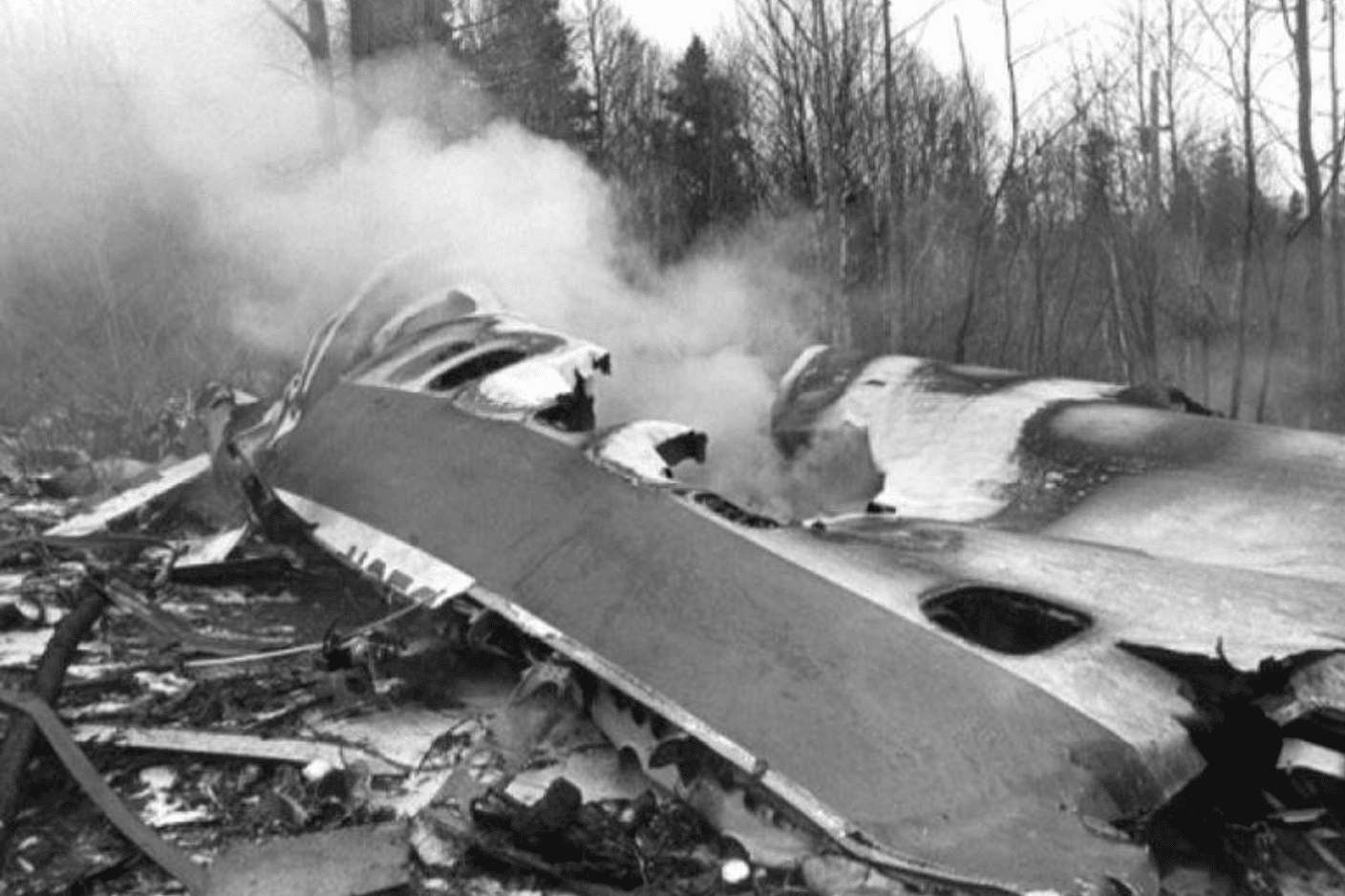
Arrow Air Flight 1285 (1985)
This crash in 1985 led engineers to seriously change maintenance practices to make sure this sort of crash never happens again. As one of Canada’s deadliest crashes, all 256 people died. The main cause was ice on the wings and miscalculated weight. Before crashing and exploding, the plane lifted into the air and then crashed. This system failure caused aviation engineers to rethink ice, speed with takeoff, and how the engines operate (Simple Flying).
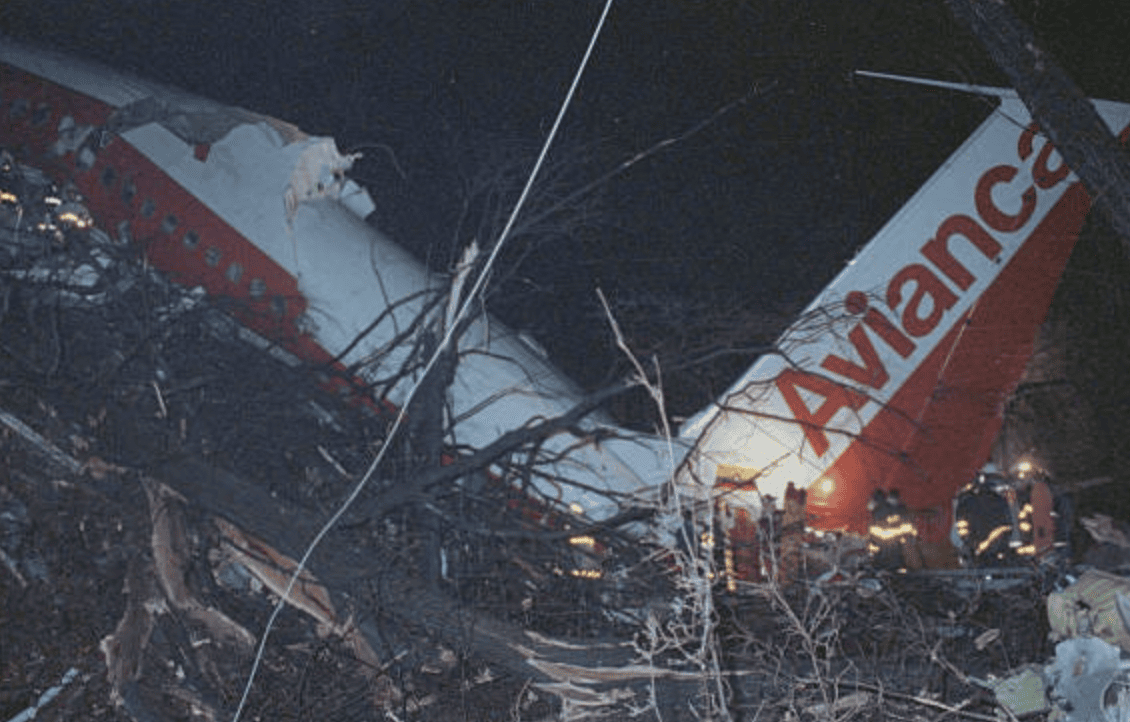
Avianca Flight 52 (1990)
As we all know, fuel management is important in aircraft. This is why the major Boeing 707 crash resulted in a necessary improvement in communication and fuel management procedures. As the flight approached JFK airport, en route from Medellin, Colombia, it crashed, killing 73 people out of 158 people. The plane ran out of fuel, and the mismatch in communication between the captain and copilot caused this fatal crash which made engineers rethink how they design planes and carry out fuel measurements (Lingoblog).
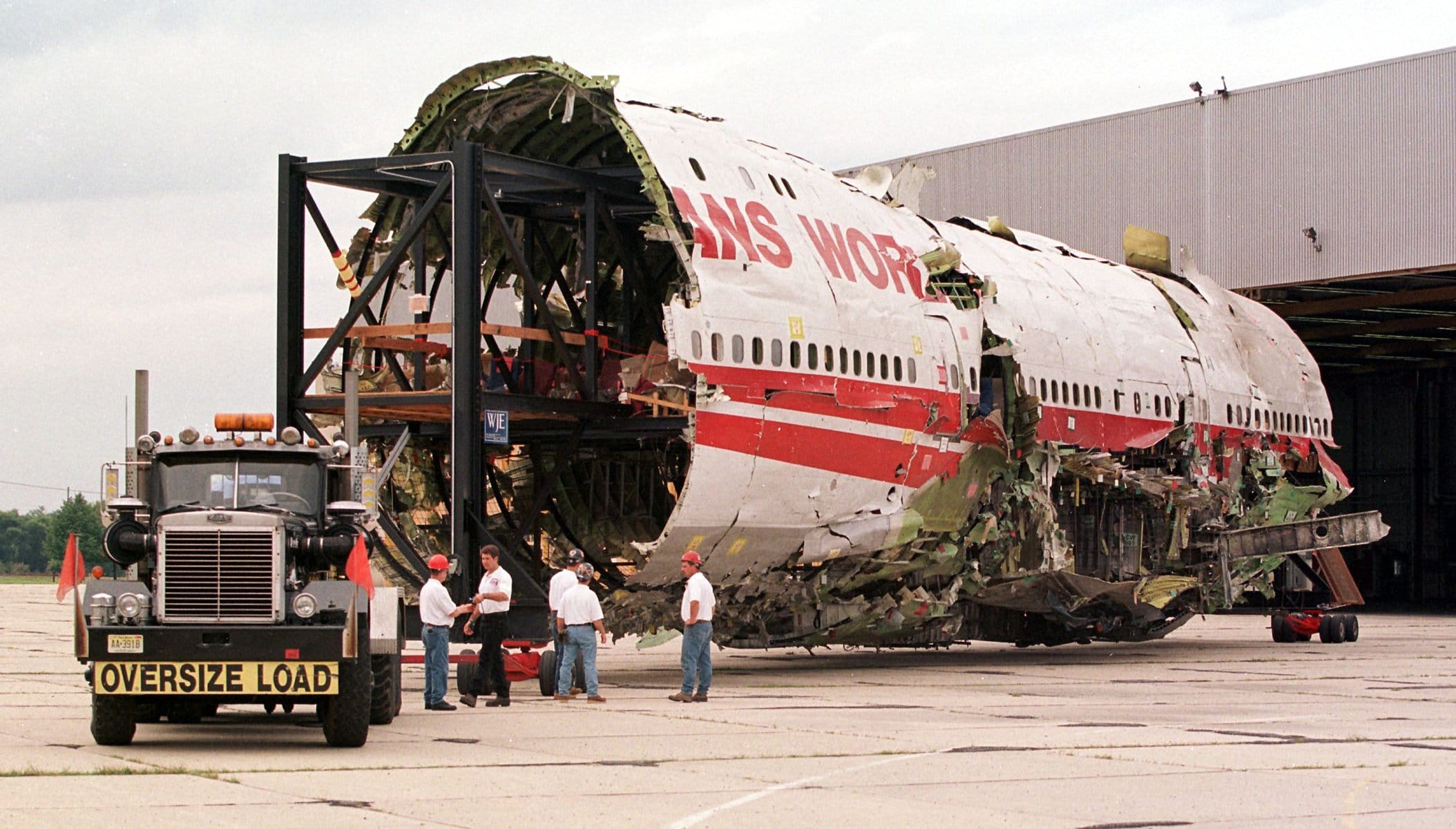
Trans World Airlines Flight 800 (1996)
Because of the Boeing 747 explosion in 1996, it forced engineers to redesign airplane fuel tanks. At first, people believed it was a terrorist attack, but it ended up being a horrible mechanical failure. It happened only minutes after departing JFK. It was on its way to Paris, and exploded over the Atlantic Ocean, just near Long Island. Everyone on the flight died. According to aviation’s managing director, “The investigation of the crash of T.W.A. Flight 800 is a seminal moment in aviation safety history. From that investigation, we issued safety recommendations that fundamentally changed the way aircraft are designed.” (History).
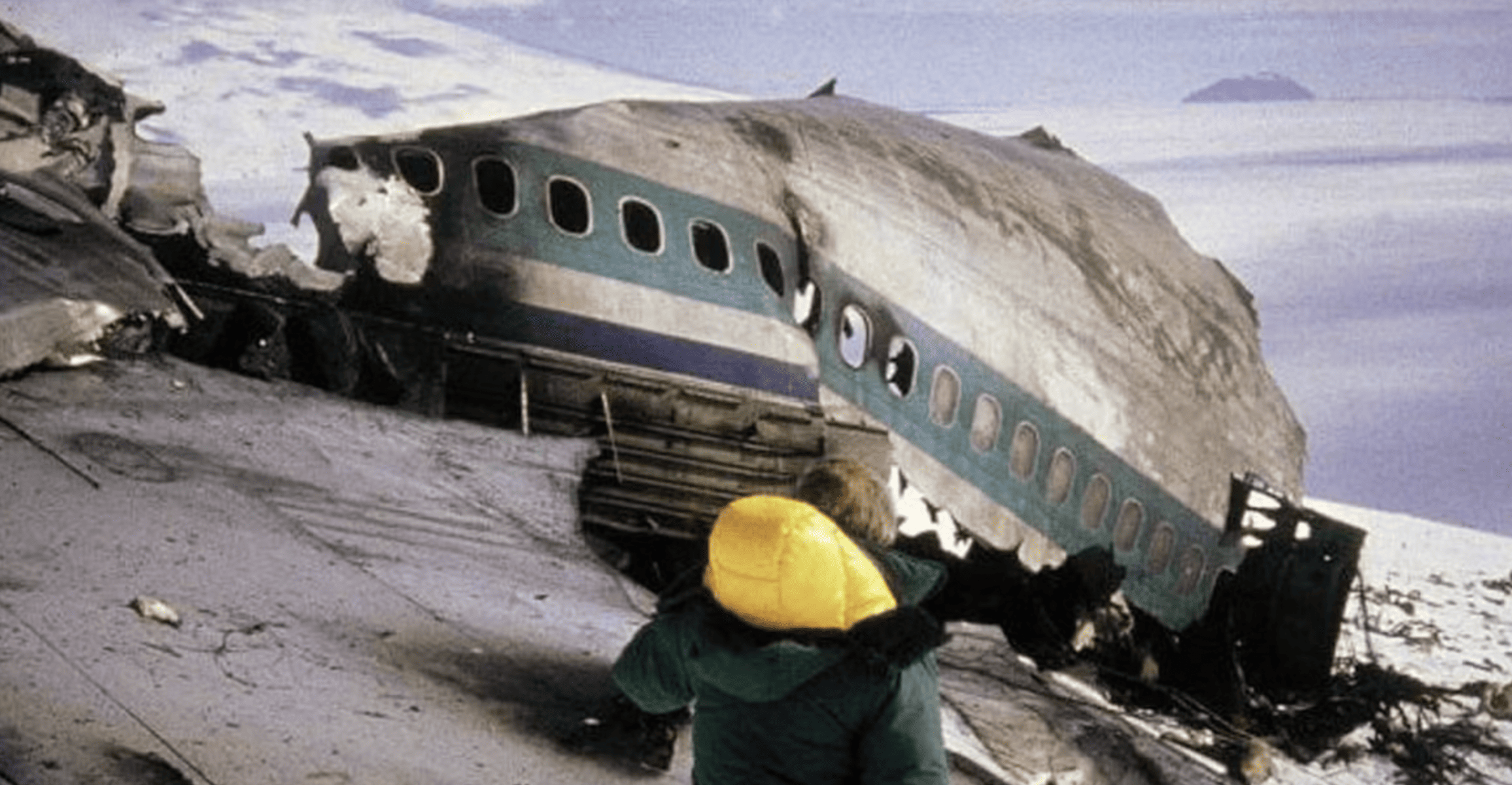
Air New Zealand Flight 901 (1979)
DC-10 crash into Mount Erebus in Antarctica resulted in changes to flight navigation and training. This was the worst crash in aviation history. It crashed on the lower slopes of Mt. Erebus. All 237 passengers died, and not one survived. The plane originally departed on a sightseeing tour of Antarctica. Investigators assumed the main cause of the crash was due to changes in the flight plan, and the management computer which was not on properly (NZ History).
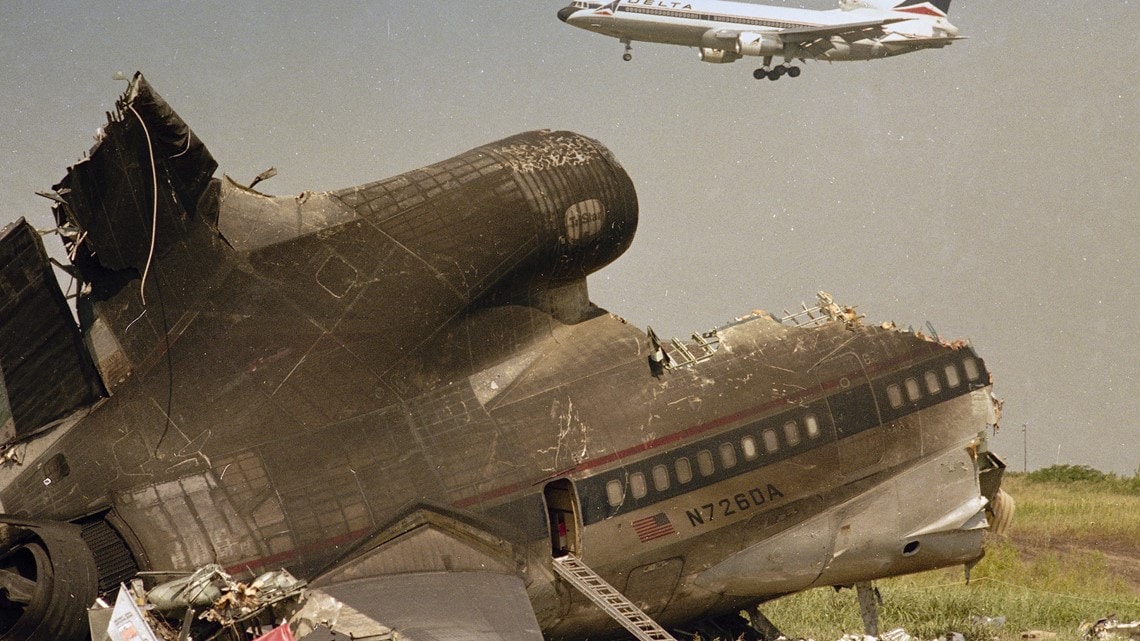
Delta Air Lines Flight 191 (1985)
When this Lockheed L-1011 crashed, it led to major changes in weather-related flight procedures to prevent something as detrimental as this crash in 1985. A microburst in a thunderstorm caused the plane to come crashing down from the sky, while it attempted to land. After this crash, it forced the FAA to require all commercial flights to detect low-level wind shear (Fox Weather).

